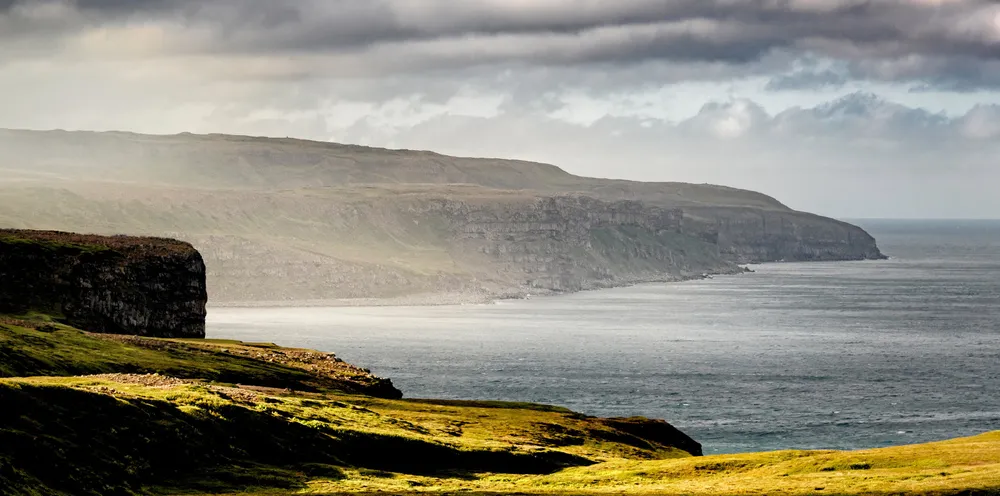Icelandic offshore wind in spotlight as UK backs research
Iceland has huge offshore wind potential but has built its renewables sector to date off the back of its abundant geothermal resource

A UK government grant will support research into developing offshore wind in Iceland, opening up the geothermal energy hotbed to a “completely new area” of renewables.
The Natural Environment Research Council (NERC), a non-departmental public body funded by the UK government, has awarded the research grant to the British Geological Survey (BGS).
Announcing the grant on Monday, BGS, a partly publicly funded body, said it will work with Iceland GeoSurvey (ÍSOR), an energy consultancy based in Reykjavík, to assess Iceland’s offshore wind potential.
Iceland, also known as the land of fire and ice, generates around 85% of its energy supply from domestically produced renewables, according to its ministry of environment, energy and climate.
Around 65% of that comes from geothermal power, which Iceland, sitting atop a volcanic hotspot, has in abundant supply. Hydropower contributes another 20%.
While Iceland boasts a few wind turbines, the sector is still in its infancy in the country. Its energy minister, Guðlaugur Þór Þórðarson, has however been pushing to develop a law to support the buildout of wind farms.
The World Bank estimates Iceland has a whopping 847GW of offshore wind potential, 54GW of fixed bottom and 793GW of floating. That is as much offshore wind potential as France and Spain combined.
The year long BGS collaboration with ISOR will see the partners undertake field trips to help gain a deeper understanding of the geology off the coast of Iceland.
This will enable potential offshore developers to “make more informed assessments” regarding foundation designs for renewables infrastructure, said BGS.
The collaboration is an “exciting opportunity for Iceland to chart and access a completely new area of the renewable industry, as Iceland´s focus has been traditionally onshore in geothermal and hydropower production,” said Anett Blischke, a marine geoscientist at ÍSOR and the University of Iceland.
NERC’s UK-Iceland Arctic science partnership scheme hands researchers the opportunity to make applications for bursaries ranging up to £20,000 to support new collaborations.